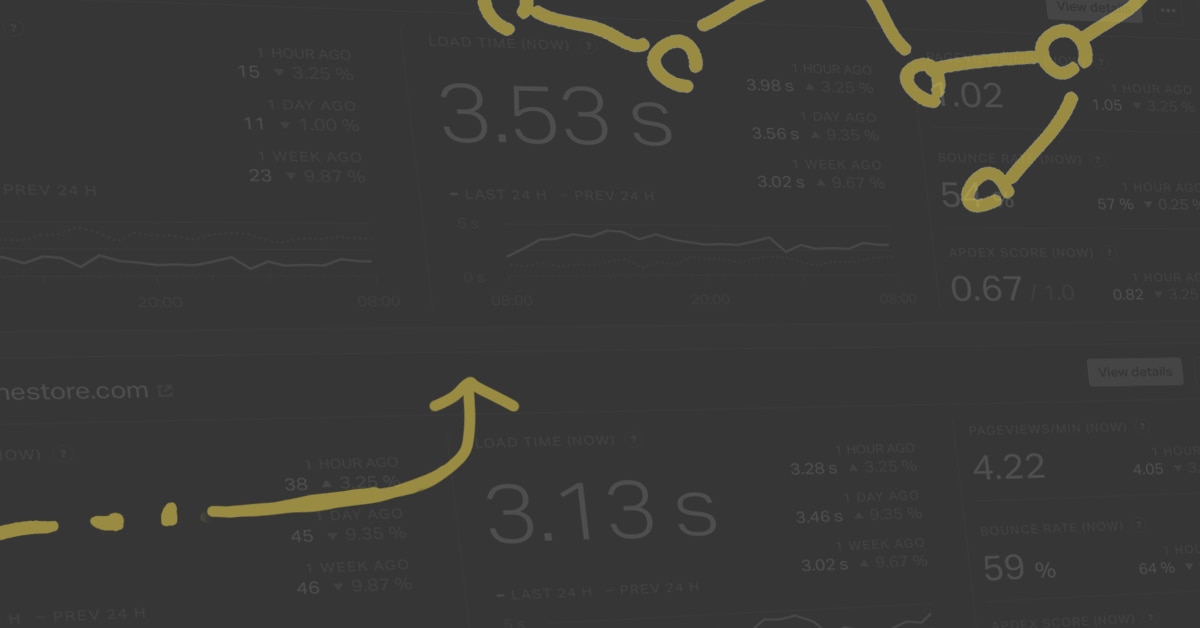- Manual
- Repetitive
- Work with no enduring value
- Work that doesn’t scale with your application
How DevOps Changes Monitoring
June 13, 2018 |
Systems

One of the most interesting changes that I have observed in my career is Microsoft shifting from just being a development organization to truly becoming a DevOps team, in the case of the SQL Server team. The product code developers are the operations support for the cloud service hosting Azure SQL Database. Many other large development organizations have this model, but my relationships and experience with SQL Server have allowed me to observe this product much more closely. My major observation is that the major reason dev cycles turn so much faster is to fix problems that in traditional on-premises software would have possibly taken months between patches, or even years between full releases, that now get fixed in the course of a few weeks. This has really changed the way Microsoft releases SQL Server on-premises--after a major release, there is a cumulative update released every month for the first year. This means more problems get fixed faster, and if you are using the cloud service, the release cadence is even faster.
I know most of us do not work for hyper-scale public cloud providers with massive development resources, but I used this example because it is a very real-world visible impact into the way a DevOps model can transform an organization. So how does this apply to running our infrastructure organizations? I think even in the most off-the-shelf traditional shop, you should be thinking about how to automate the following work:






